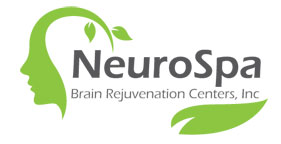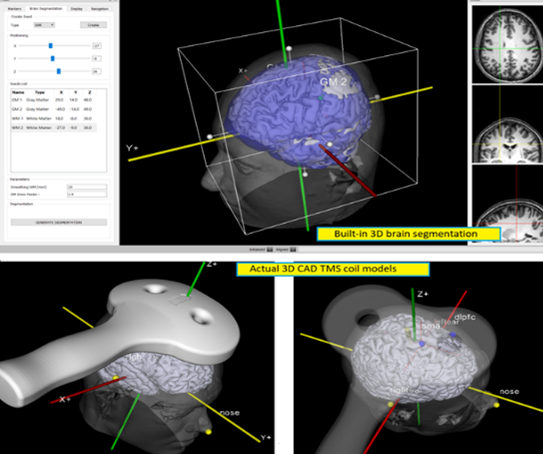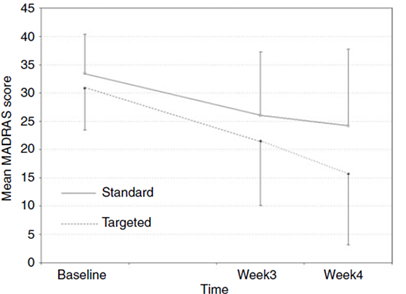A new, accelerated, and more effective TMS treatment at NeuroSpa:
For many patients especially those who travel from a long distance or our international patients, a 30-day treatment duration is not feasible. Now, with the help of researchers at Stanford University, a 3-to-5-day treatment delivers the same level of treatment efficacy as the standard 30-to-40-day treatment.
A six-week protocol for TMS is already approved by the FDA for the treatment of depression. However, a recent study at Stanford University, entitled Stanford Accelerated Intelligent Neuromodulation Therapy for Treatment-Resistant Depression (SAINT-TRD) showed that when TMS was delivered in a more intensive schedule and accelerated pace, it provided remission (i.e. ‘cure’) from depression in greater than 90% of patients in as little as 3 to 5 days. These results were published online April 7, 2020 in the American Journal of Psychiatry. A follow-up study published on October 29, 2021 in the American Journal of Psychiatry entitled Stanford Neuromodulation Therapy (SNT): A Double-Blind Randomized Controlled Trial confirmed these results and renamed the procedure from SAINT to SNT.
TMS Therapy at NeuroSpa
In the Stanford study, patients underwent 10 sessions per day of 10-minute treatments, with 50-minute breaks between treatments. Each treatment was a modified version of “Theta Burst” TMS, which requires specialized equipment to deliver. On average, three days of the therapy were enough for participants to experience relief from depression. The follow-up study showed virtually identical results to the original study.
How Safe is Accelerated TMS Therapy?
The only side effects of this new, rapid TMS approach were fatigue and some discomfort during treatment such as mild headache.
Of particular note: In order to assess safety, the researchers evaluated the participants’ cognitive function before and after treatment. They found no negative side effects. Instead, they discovered that the participants’ ability to switch between mental tasks and to solve problems had improved — a typical outcome for people who are no longer depressed.
Our Approach to Accelerated TMS
At NeuroSpa we are able to treat patients using precisely the same parameters used in the Stanford study including advanced targeting with MR-navigated TMS technology. The only difference in our approach is that we use an effective office-based method of finding the treatment location, called swLORETA (standardized-weighted low resolution electro tomography) QEEG (quantitative electroencephalogram) imaging or ‘brain mapping’, rather than a combination of MRI and computer modeling, as was used in the original studies. This type of imaging is very quick (less than 15-20 minute), does not expose patients to any radioactive agents or x-ray, helpful in guiding and evaluating treatment efficacy, and a fraction of the cost of fMRI. However, in select patients, we also have the capability to send patients for fMRI studies at our partner radiology center located in Westwood, Los Angeles.


 Robust research trials (Fitzgerald et al. Neuropsychopharmacology, 2009) have clearly shown the benefits of MR-navigation with higher rates of efficacy in less time. Currently, there are less than a handful of centers that use the type of system used at NeuroSpa including several academic centers. The accelerated program developed at Stanford also used MR-navigation to ensure the highest level of precision and treatment efficacy.
Robust research trials (Fitzgerald et al. Neuropsychopharmacology, 2009) have clearly shown the benefits of MR-navigation with higher rates of efficacy in less time. Currently, there are less than a handful of centers that use the type of system used at NeuroSpa including several academic centers. The accelerated program developed at Stanford also used MR-navigation to ensure the highest level of precision and treatment efficacy.